The Family's Role in Recovery from Eating Disorders
Getting the family involved is key
Clinical Expert: Douglas W. Bunnell, PhD, FAED, CEDS-S
en EspañolDouglas Bunnell, PhD, clinical director of the Monte Nido treatment center for eating disorders, talks about how the latest clinical evidence points to the importance of family members in recovery. A tip: if parents are getting “push-back” about their involvement in treatment, “that’s a warning sign.”
Transcript:
Family involvement in the treatment of eating disorders is really now seen as central and essential, and clearly for kids, young kids, adolescents, and sort of pushing the barrier out a bit even for older adolescents and young adults, especially those still living at home, the family needs to be involved in treatment.
And one of the ways families can tell whether they’re getting competent, cutting-edge treatment for eating disorders is really checking in with the clinician’s attitude about family involvement. If you’re getting pushback about being involved in your kid’s treatment, that’s a warning sign. You should be welcomed in, you should be having your questions answered straightforwardly about what the family’s role should be.
The best evidence-based treatment we have for anorexia nervosa of any age is family-based treatment or Maudsley treatment. It’s got the strongest evidence base. It’s really been evidence-generated for treatment of young kids and teens with anorexia, but there are trials underway for older kids as well, and the core of that treatment is putting the family in charge of refeeding. The clinicians working largely with the mom and dad or the family to really create an environment where they are establishing consistency with a calm, compassionate tone to really make or help their daughter understand that she needs to take this medicine, food, to recover from this life-threatening illness. That’s sort of the gist of it. It’s much more complicated than that, and it sort of sounds simple on paper, but it’s not simple. It can be really gut-wrenching, difficult work, but there’s pretty strong evidence that for a big percentage of kids, particularly early on with anorexia nervosa, it can be very effective.
Was this article helpful?
Related Reading
-
 What Are the Different Kinds of Eating Disorders?
How to recognize the most common ones
What Are the Different Kinds of Eating Disorders?
How to recognize the most common ones
-
 What Is an Eating Disorder and When to Worry
Signs that your teen might be on an unhealthy path
What Is an Eating Disorder and When to Worry
Signs that your teen might be on an unhealthy path
-
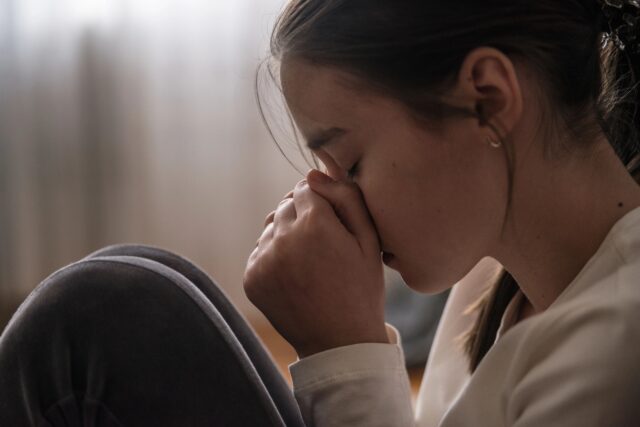 Quick Guide to Anorexia Nervosa
Anorexia nervosa is an eating disorder that can cause kids to starve themselves. Children and teenagers with anorexia believe they are…
Quick Guide to Anorexia Nervosa
Anorexia nervosa is an eating disorder that can cause kids to starve themselves. Children and teenagers with anorexia believe they are…
-
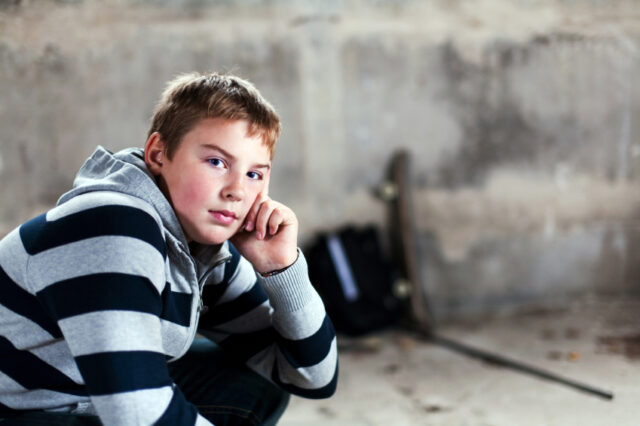 What Is Binge Eating Disorder?
And how does it affect children and teenagers?
What Is Binge Eating Disorder?
And how does it affect children and teenagers?
-
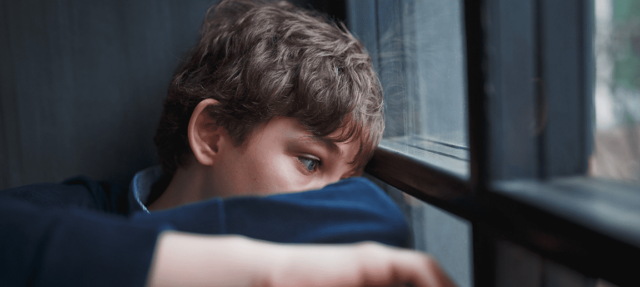 Complete Guide to Substance Use + Mental Health
When children are struggling with both a substance use disorder and a mental health disorder,…
Complete Guide to Substance Use + Mental Health
When children are struggling with both a substance use disorder and a mental health disorder,…
-
 What Is Atypical Anorexia Nervosa?
The patient has a pattern of obsessive, dangerous weight loss but is not underweight
What Is Atypical Anorexia Nervosa?
The patient has a pattern of obsessive, dangerous weight loss but is not underweight
-
 Boys and Eating Disorders
They don't fit the stereotype, and are often overlooked
Boys and Eating Disorders
They don't fit the stereotype, and are often overlooked
-
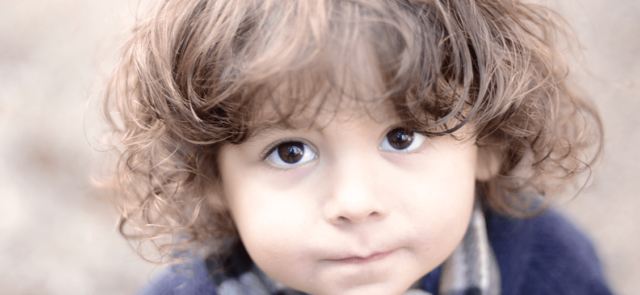 Side Effects of ADHD Medication
What to look for, and how to handle them
Side Effects of ADHD Medication
What to look for, and how to handle them
-
 Complete Guide to Eating Disorders in College
The college years are when young women, and some men, are most at risk for…
Complete Guide to Eating Disorders in College
The college years are when young women, and some men, are most at risk for…
-
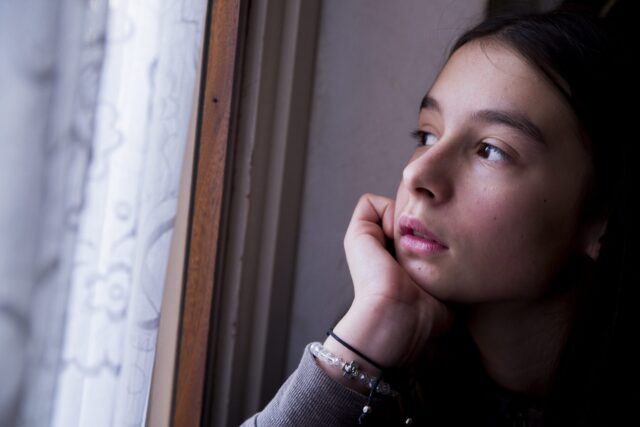 Family-Based Treatment for Eating Disorders
The parents’ role in helping children recover
Family-Based Treatment for Eating Disorders
The parents’ role in helping children recover
-
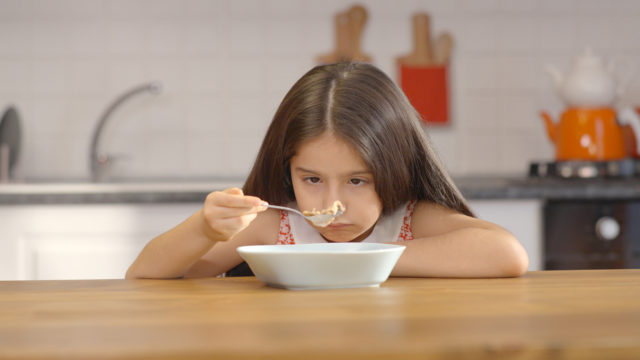 What Is ARFID?
How to recognize (and treat) avoidant restrictive food intake disorder
What Is ARFID?
How to recognize (and treat) avoidant restrictive food intake disorder
